Considering taking up the art of beekeeping? There are a few things you need to know beyond how to harvest honey without getting stung. You see, modern beekeeping means maintaining good colony health and safety. As the beekeeper, you need to learn all about keeping your bees away from pesticides, predators, pests, and diseases.
1. Location, Location, Location
Bees need you to locate them where there’s plenty of pollen and nectar to sustain the colony. It’s a ‘co-existence’ thing. They pollinate shade and fruit trees, shrubs and flowers, and all your veggie crops. Not only will you have more abundance and beauty, but you will also have honey in exchange for maintaining the hive. At least, if you do your job as an apiarist right.
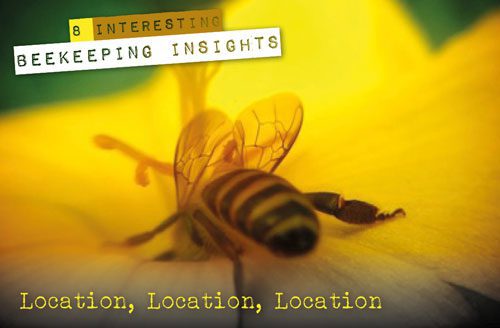
2. Keep Predators At Bay
Believe it or not, there are predators that eat honey bees. The stinger, fuzzies, and all. Without trying one, I’d assume they’re probably sweet-tasting. Apparently, skunks think so! Placing your hive lower than two feet off the ground allows a skunk to snack freely. They can wipe out an entire colony in a year. Obviously, this is not a beekeeping issue in a rooftop garden, but definitely almost anywhere on the ground.
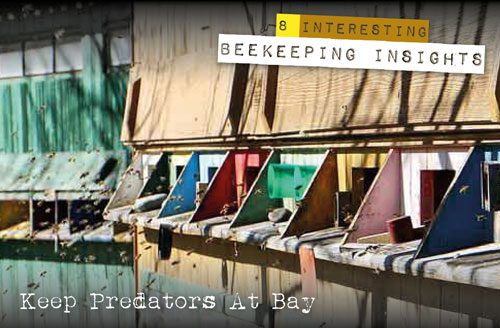
3. Control The Hive’s Movement
Enclosing your hive with a tall barrier – a hedge, privacy fence, or wall – allows you to control the bees’ flight pattern. The bees won’t intimidate your kids or backyard guests. They will always leave and return to the hive high in the air.
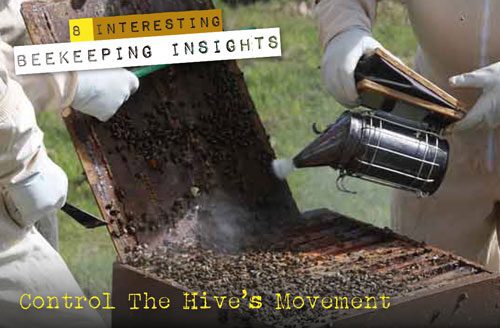
4. Harvesting Honey Safety
When harvesting the honey, your colony will not take your intrusion lightly. You don’t want to blind the bees with smoke, but you do want to reduce their ability to communicate. Bees communicate by odor release, and the smoke masks their native language.
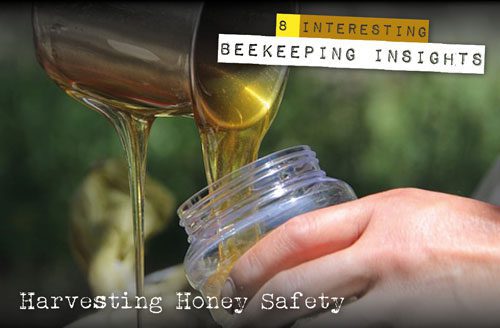
5. Let The Honey Age
Like fine wine and good cheese, aged honey is better.
When a bee collects nectar, it’s an 80-20 water to sugar mixture. Both the foraging bee and hive worker add the enzyme called invertase to the nectar before it is hung in a cell opening to process. It’s not ripe until the water content has evaporated to about 18%. Now you know why old honey crystallizes in the jar. It loses most of the water that keeps the flowery sugar in liquid form.

6. Create A Calendar
An experienced gardener knows there are times and ways to plant, to weed, to water, to feed and to harvest for peak food quality. Like gardeners, the apiarist needs to follow a calendar to properly manage colony activities. Not just under normal conditions, but also during extreme weather spells and excessive or non-existent pollen and nectar influx. Knowing what to do at the drop of a hat is best. Sound beekeeping education and a well-planned hive monitoring calendar are critical.
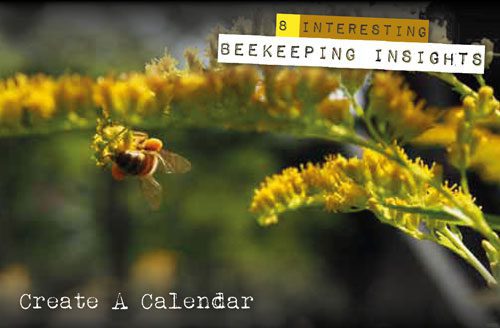
7. Keep It Clean
Unsanitary tools can spread pests and disease. Sound familiar? Much like with gardening tools and household utensils, always clean your beekeeping tools after use. It’s wise to have a designated pail in your apiarist toolbox used only for this task.

8. No Chemicals!
Good news! You can keep your hives safe from mites and disease without chemicals. Of course, it calls for knowing your bees, ensuring they have good nutrition, and sound hive management practices. But like any other pursuit, you will only get out of beekeeping what you put into it. Having bees is not the same as keeping them.

These lovely gems of beekeeping wisdom come from The Backyard Beekeeper by Kim Flottum. I have a copy shared by the fine people at Quarry Press. The full-color book is well-written, fully illustrated, and easy to understand, yet provides you with all you need to know to get started on the right foot. It’s one of the Top 5 books on beekeeping for beginners and is now in its 4th Edition.
Kim Flottum is a big name in the apiary world. He has about 30 years of experience as a beekeeper from farming and crop pollination. He’s the editor of Bee Culture Magazine and has authored numerous other books on honey and honey bees over the years.
Learn more from your own copy of Kim’s latest updated The Backyard Beekeeper. Fresh off the press in January 2018, it’s available from Amazon for about the same price as 2 big jars of organic honey. And grab a subscription to Bee Culture to stay on top of current apiary news.